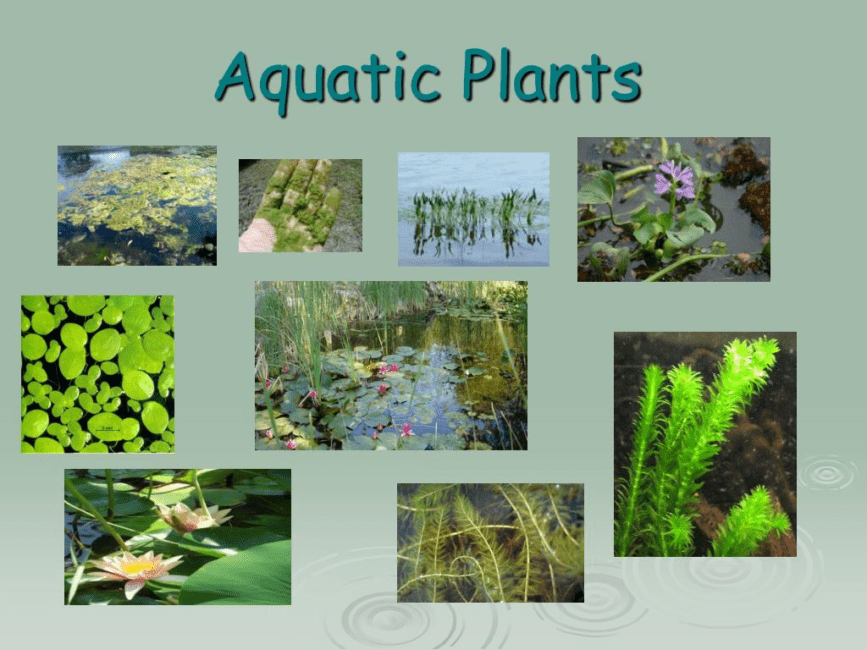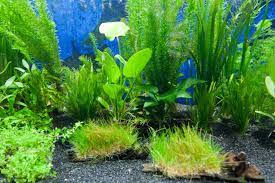Aquatic plants grow in and around the rock pools and slow channels of the river. Some are rooted in mud or cracks in the rocks; others float on, or near, the water surface. They tend to be soft, fleshy, and easily torn. The first step toward correct identification of an aquatic plant is to observe how it is growing in the water.
Understanding the growth habit will also help determine the best method and timing for control, if necessary. Some species may exhibit different growth forms in response to their environment.
Furthermore, a plant’s growth form may change during its life cycle. Invertebrates fauna are a vital part of the freshwater ecosystem. They include grazers, plant shredders, filterers, and predators. Many of them feed on plant matter such as algae, leaf litter and aquatic weeds, and in turn they provide the most important food source to almost all of the freshwater fish.
Read Also: Introduction to Fish Nutrition
Procedure

Protozoans are unicellular organisms living independently or in colonies of similar cells. Most of them are microscopic organisms. They can be found in aquatic habitats such as streams, ponds, oceans and in moist soil. However, others live as parasites on animals and plants. Examples of protozoans include Amoeba, Paramecium etc.
Preparation of slides or fresh specimens of pond water include the following procedures:
Place one drop of pond water in the center of the clean slide using the pipette.
Cover the drop by lowering the cover slip gently down unto it in a slanting position. Ensure no air bubbles are trapped which are those air bubbles are frequently mistaken for organisms.
Use the coarse focusing knob and the lower power objective to ensure the sample is properly focused.
Observe your preparation under the microscope using both low and high power objectives to identify any of the protozoans.
Drawing under high power and label fully at least two protozoans you identify.
Where to Look and How to Sample Invertebrates
A single site can be used for a spot check, although most biological surveys involve a series of sites along a particular water body. Select sites with easy and safe access, and always seek permission to cross property.
The widest range of stream invertebrates can be found in shallow (but permanently submerged), fast-flowing, stony-bedded reaches known as riffles. Larger, more stable rocks usually support the most invertebrate types, although the rocks need to be small enough to be lifted or turned over.
Invertebrates can be picked or scraped off rocks and placed into a tray or transparent container. The more invertebrate types found, the more useful information you will gain relating to the “state of health” of the site. Be sure to look for the smaller species as well as the more obvious, larger species.
Read Also: Factors to Consider Before Starting a Fish Farming Business
Field identification of the different aquatic flora (emergence and sub-mergence weeds, by names/botanical classification. Identification of the different aquatic fauna in a typical fresh water ecosystem (invertebrates, vertebrates, benthos), a practical note on the economic importance of each.
In summary, invertebrates can tell us a great deal about the “state of health” of our water bodies. The presence of many invertebrate species usually indicates clean water, cool temperatures and generally natural conditions. A stream which lacks any invertebrate life has a major habitat problem, possibly because of recent pollution, or low flow conditions.
Read Also: Feed and Nutrition Management for Cattle






